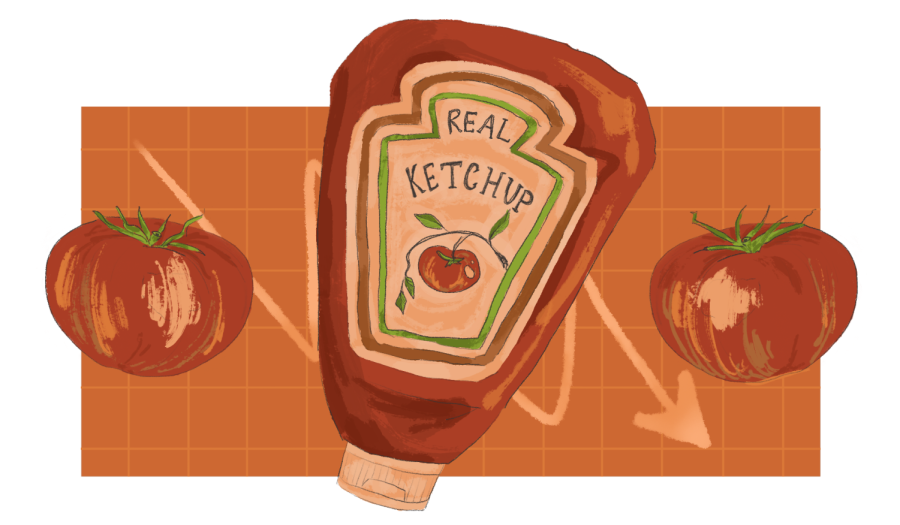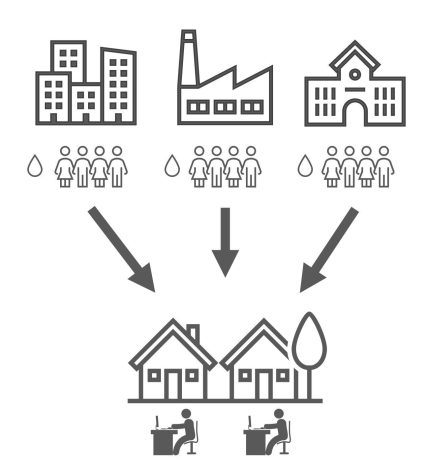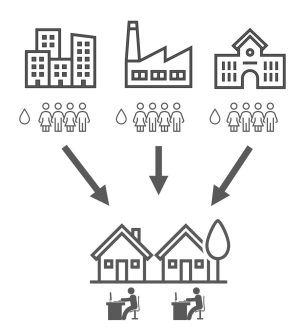Rising temperatures projected to decrease tomato production
July 7, 2022
Editor’s note: This article first appeared in the July 6, 2022 flipbook.
The global processing tomato production is projected to decrease 6% by 2050, a recent study co-authored by UT researchers found — increasing costs for future supplies of ketchup, salsa and pasta sauce.
The study is part of a decade-long effort to understand the effects of climate change on agriculture and to create a sustainable future for Texas and beyond.
As the climate changes, a reduction is occuring in the production of processing tomatoes, which are found in popular consumables such as barbecue or pizza sauce, said Dev Niyogi, co-author and geological sciences professor. The study also found that previous conclusions from studies on climate change’s impact on cereal crops, like corn, soybeans and wheat, can now be extended to specialty crops such as tomatoes.
“The important thing here is we should not look at climate change as something that is going to be bad for the economy,” Niyogi said. “What we should understand is that climate change knowledge helps us develop tools that improve the economy.”
Processing tomatoes, which grow on vines in virtually raw, unmanaged environments in comparison to other crops, are particularly vulnerable to increasing temperatures, Niyogi said. Even if warmer climates could grow tomatoes in 2050, co-author Davide Cammarano said agriculturists may not have the water resources available.
“Only three (regions) produce almost 70% of all the processing tomatoes produced in the world,” said Cammarano, a professor in the department of agroecology at Aarhus University. “These three are California, Italy and China. In California and Italy, the current production would not be sustainable to keep … especially the southern part of California and all the main region of Italy because of the increase in air temperature.”
Cooler regions that produce tomatoes, such as northern California, parts of Canada and parts of China, will have a slight advantage in increasing productivity in comparison to growing regions in Mediterranean climates, Niyogi said.
“In many parts of the world you have tomatoes as a very staple part of their food,” Niyogi said. “(The findings) would mean that companies need to invest in the production process (and) need to understand that there could be more vulnerability coming in, and then just develop some strategies going forward to account for these vulnerabilities such that the impacts are minimized.”
If agriculturists act on these strategies well in advance, they can minimize the negative impact changing temperatures leave on the valuable crop, Niyogi said. However, if action is not taken, Niyogi said consumers may have a higher price to pay later.
“We will be studying the effect of management practices … like, is it feasible to have change in crops in different regions?” Niyogi said. “How can we use machine learning or artificial intelligence to come up with a better strategy? What kind of adaptive approaches like whether irrigation or some other planting aspects could be used? Is there something in the supply chain that could be better undertaken?”











